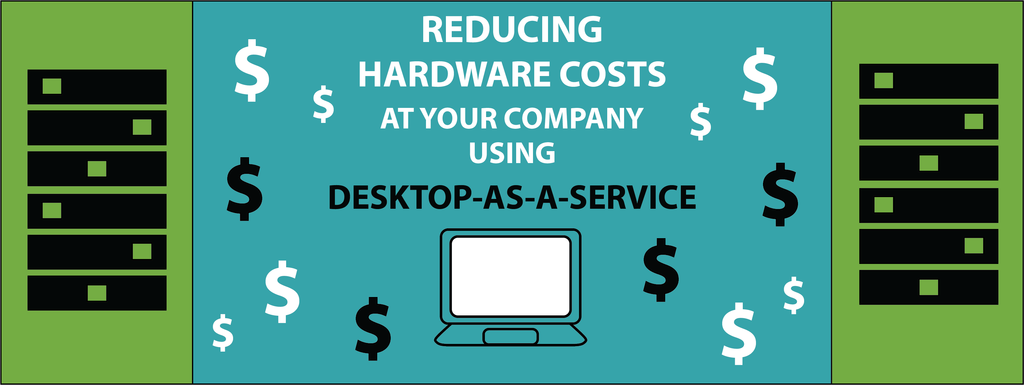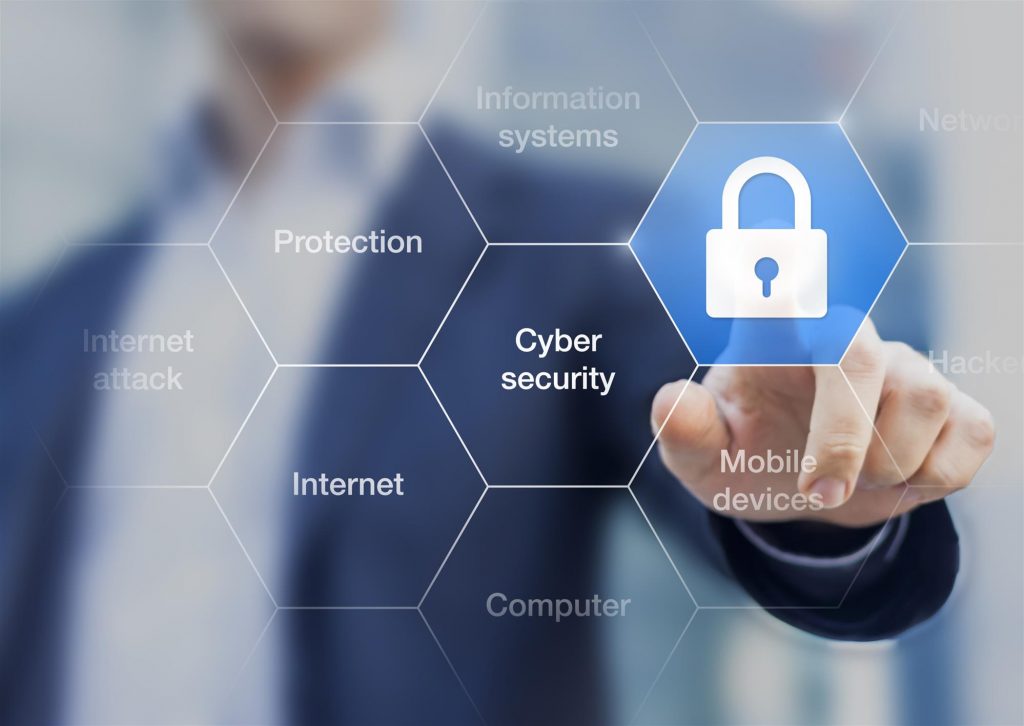Desktop Virtualization allows companies and individuals to separate the desktop environment and associated application software from the client device that is trying to access it. This is often used hand in hand with application virtualization and a user profile management system to provide desktop environment management programs. With this, all parts of the desktop will be virtualized, which allows for a more flexible and secure delivery model.
Desktop virtualization also allows for a more complete recovery system in the unfortunate event that information is lost. This is due to the information all being backed up by a maintenance center and stored in a data center. If a client’s data is completely lost, this is avoided, since all of the missing data will be present upon login from another computer. This is also very reassuring if a laptop is completely lost or broken. None of the information will be stored on the device, and it is all ready to be accessed upon login from a new device. This is a huge help, when it comes to loss prevention, and from information on a lost device being compromised or tampered with by thieves.
The most common type of desktop virtualization is remote desktop virtualization. This is most commonly operated in a client server environment. All work is done on a central unit, and is then remotely distributed to all devices that need the information. This information all remains on the remote system and is retrieved by the use of applications. This is a great operating choice that is used in school systems and bank branches to allow centralized management and access from anywhere in the world.







